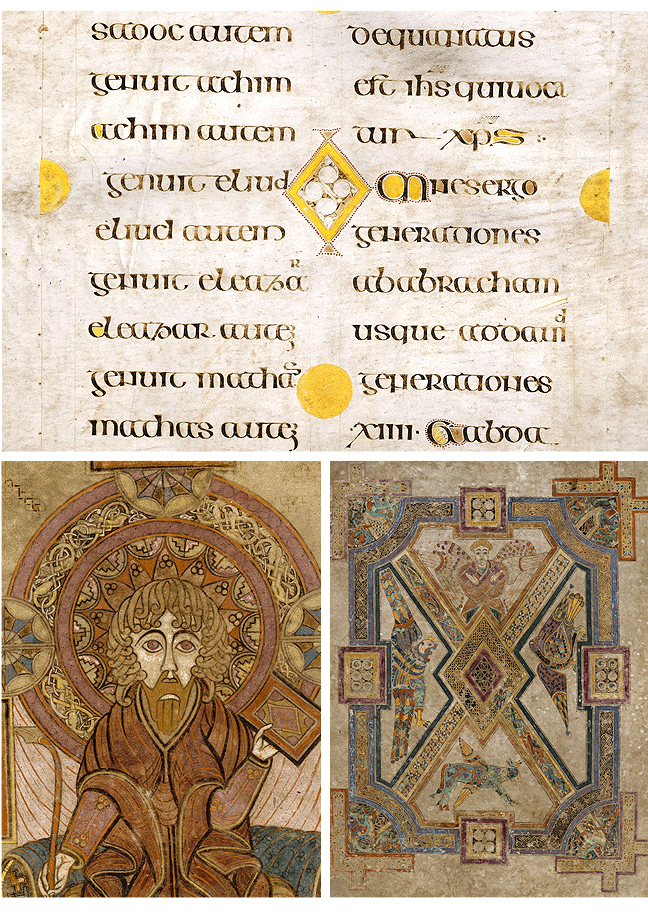Home / History / Irish History / The Book of Kells: Exploring an Irish Medieval Masterpiece / Symbols of Christ
This article is from the free online
The Book of Kells: Exploring an Irish Medieval Masterpiece


Reach your personal and professional goals
Unlock access to hundreds of expert online courses and degrees from top universities and educators to gain accredited qualifications and professional CV-building certificates.
Join over 18 million learners to launch, switch or build upon your career, all at your own pace, across a wide range of topic areas.

 Fig 1. Cross page prefacing Matthew 1:18, the passage that announces the birth of Jesus Christ,
Fig 1. Cross page prefacing Matthew 1:18, the passage that announces the birth of Jesus Christ,  Fig 4. Although forming part of the text, the large X works better as an illustration of the cross
Fig 4. Although forming part of the text, the large X works better as an illustration of the cross  Fig 7. A large lozenge shape is used as a substitute for the letter O on
Fig 7. A large lozenge shape is used as a substitute for the letter O on  Fig 10. An angel’s clothes decorated with the three dot motif
Fig 10. An angel’s clothes decorated with the three dot motif 





